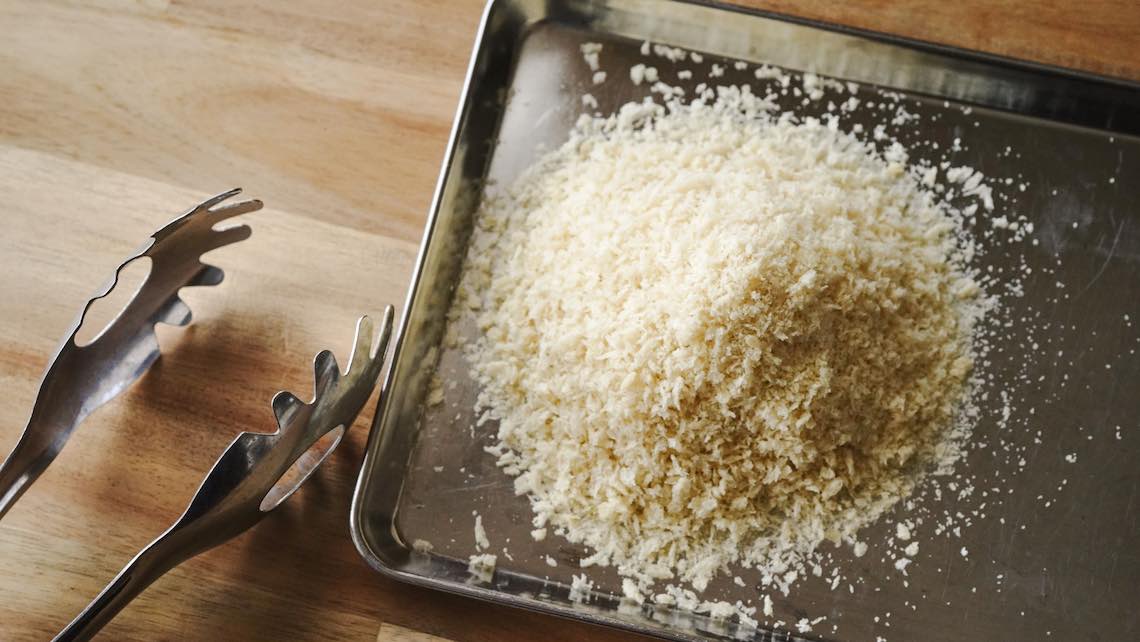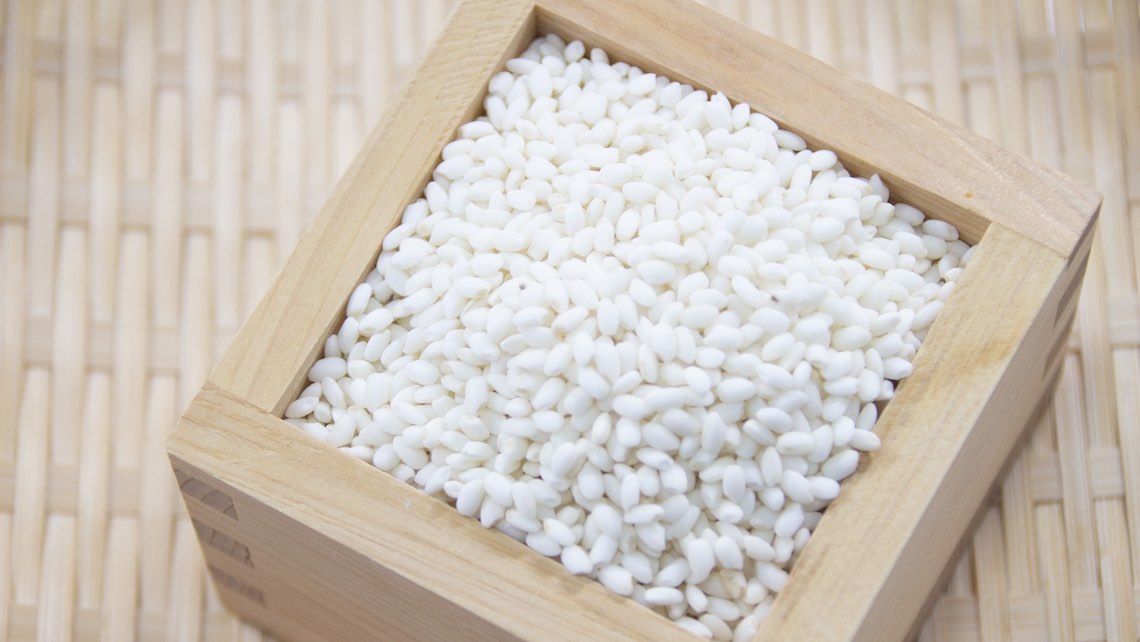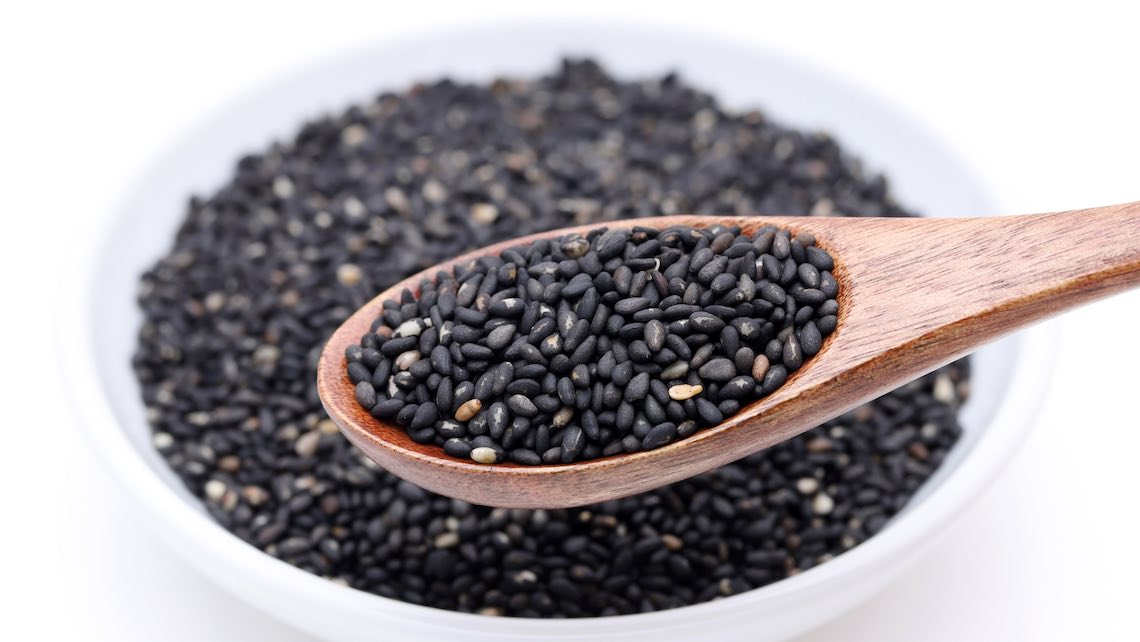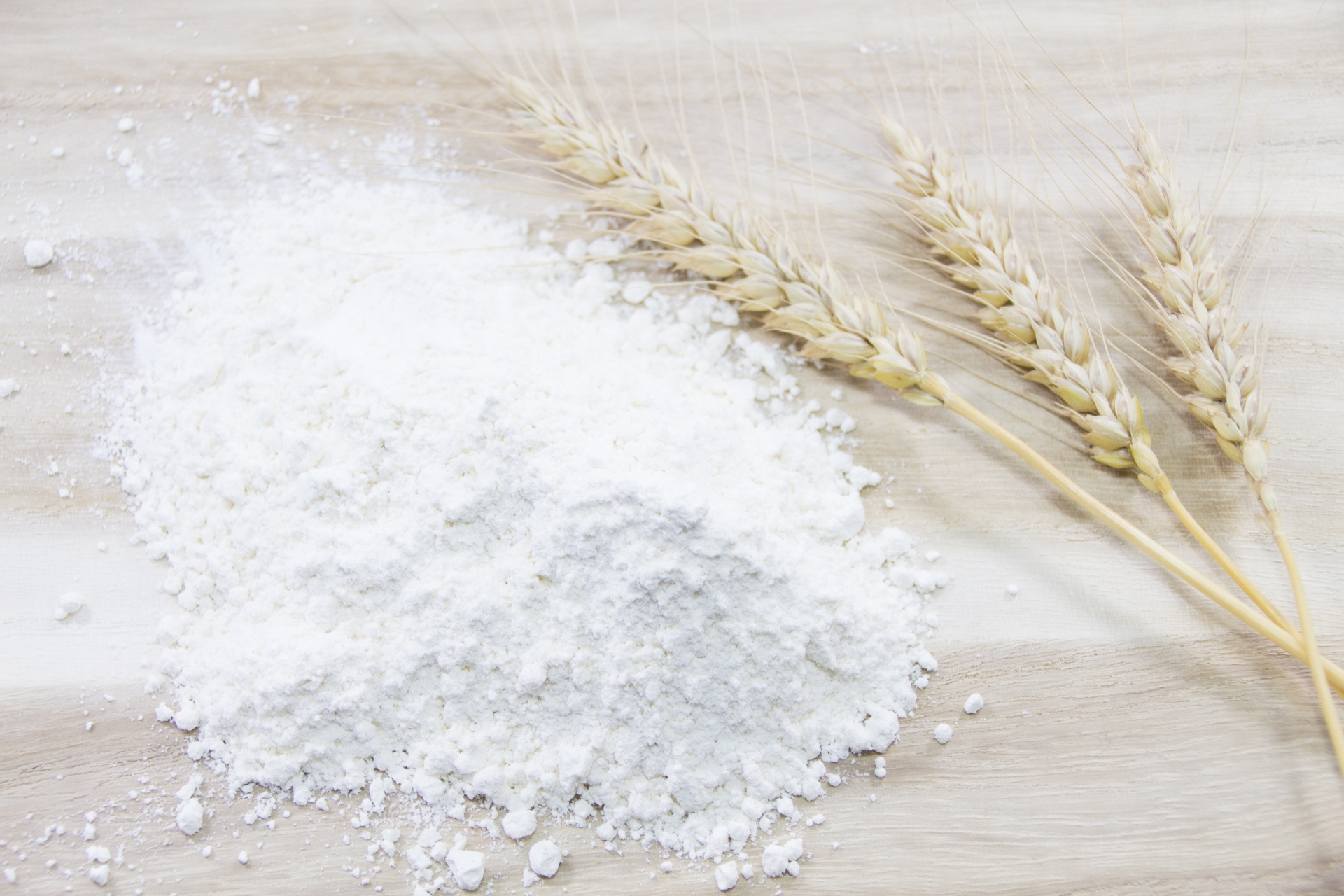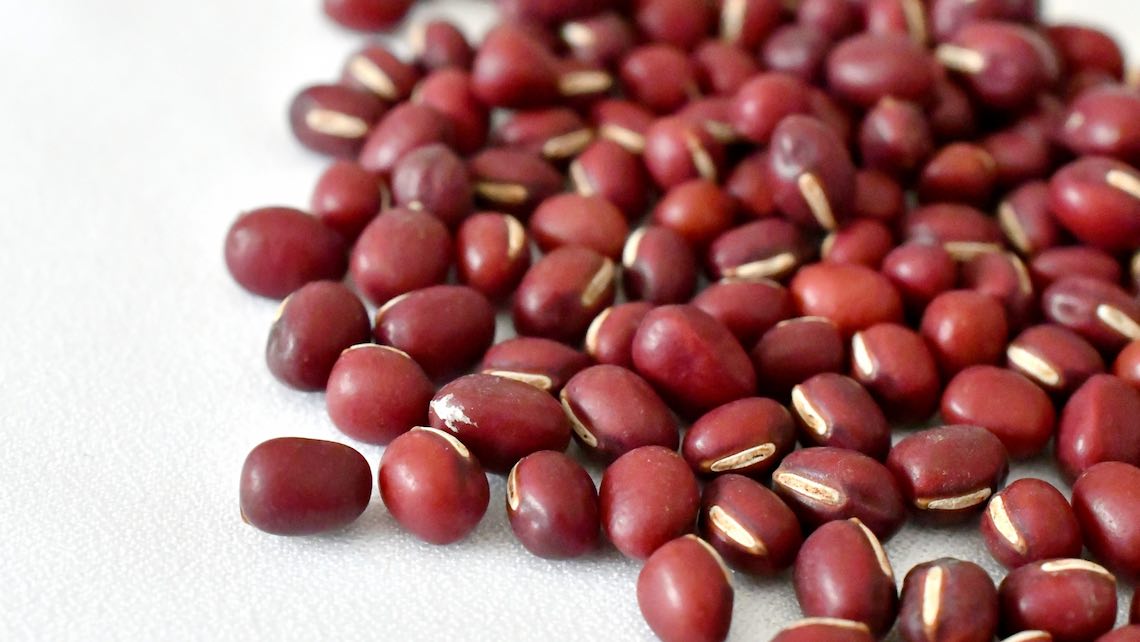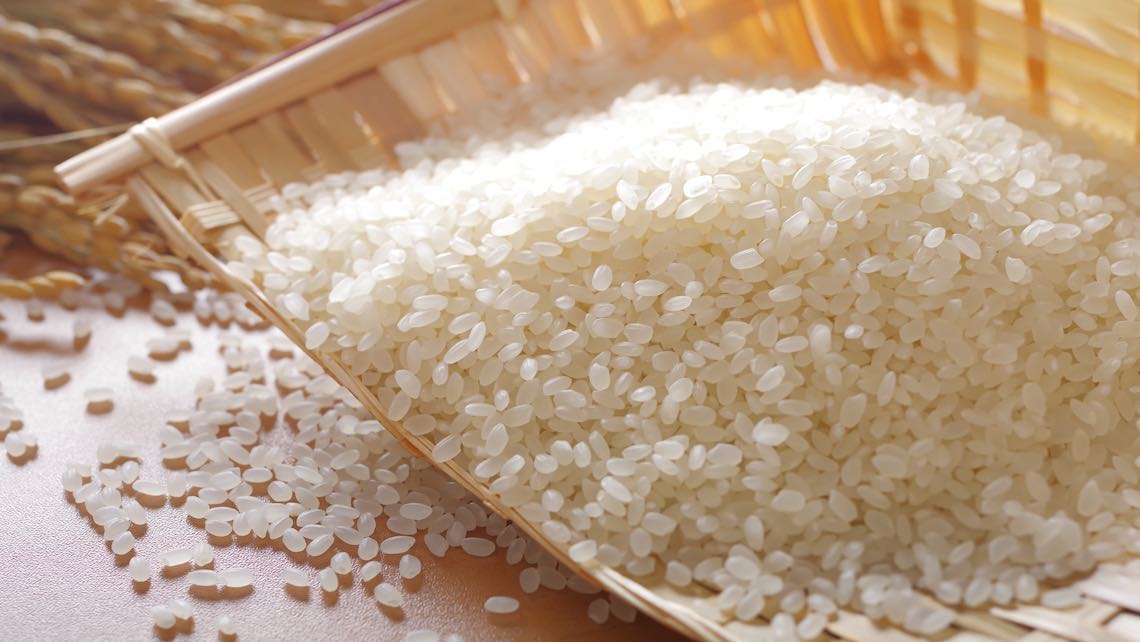Chestnuts [Kuri]
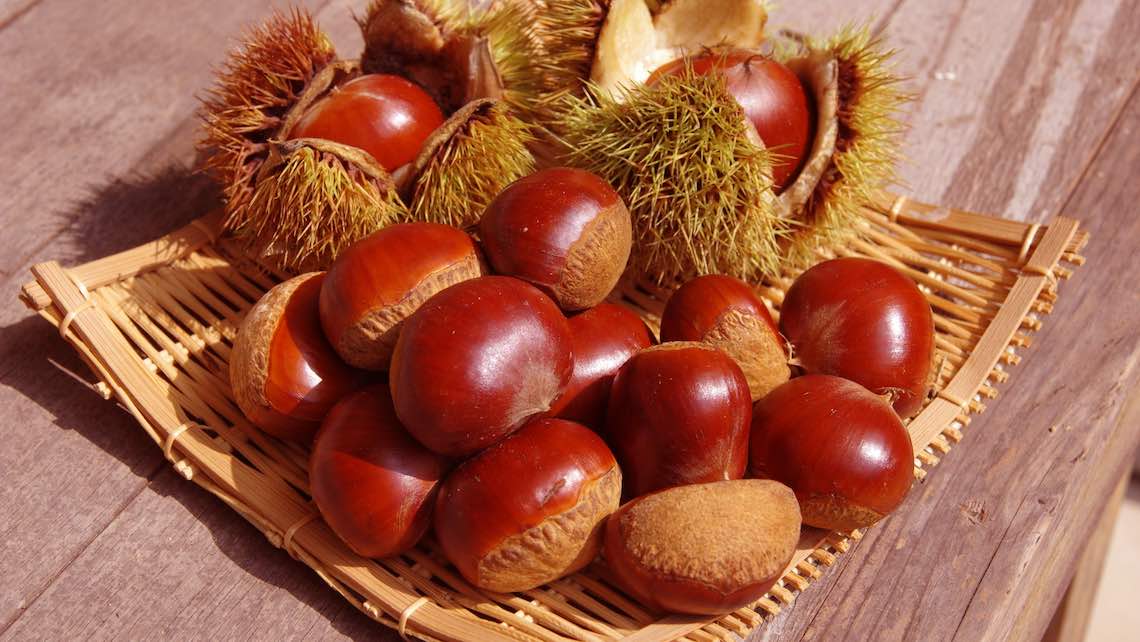
Japanese Name and Pronunciation:

[kuri]
Chestnuts, known as ‘kuri’ in Japanese, are a significant ingredient in Japanese cuisine, particularly during the autumn and winter seasons. They have been a staple in traditional Japanese cooking for centuries, valued for their unique flavor and texture.
In Japanese cuisine, chestnuts are used in a variety of dishes, both savory and sweet. One popular savory dish is Chestnut Rice (Kuriokowa), which is a rice dish prepared by cooking chestnuts together with rice. The chestnuts add a subtly sweet and nutty flavor to the rice, creating a delightful combination.
Another traditional use of chestnuts is in Kurikinton, a sweet dish made by mashing cooked chestnuts and sweetening them with sugar. Kurikinton is often enjoyed as a traditional New Year’s dish in Japan and is cherished for its smooth and creamy texture.
Chestnuts are also utilized in wagashi, traditional Japanese confectionery. They are used as a filling in various wagashi creations, such as Chestnut Yokan (Kuriyokan), a chestnut-flavored jelly, and Kuridorayaki, a sweet red bean paste with chestnut in pancakes.

